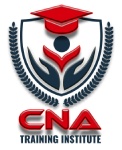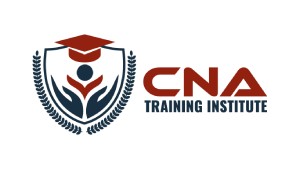Having the Advanced Cardiac Life Support (ACLS) certification gives healthcare workers the knowledge they need to manage and respond to cardiac emergencies effectively. This certification covers a more thorough understanding of the protocols and interventions needed during severe cardiac crises, going beyond Basic Life Support (BLS). Understanding ACLS algorithms, executing advanced airway management, deciphering electrocardiograms (ECGs), giving prescriptions, and upholding efficient team communication are just a few of the critical abilities that candidates must become certified in ACLS.
Understanding ACLS Algorithms
The capacity to comprehend and use ACLS algorithms is one of the prerequisites for ACLS certification. These algorithms offer well-organized protocols for managing a range of cardiac crises, including bradycardia, asystole, and ventricular fibrillation. It is imperative that healthcare personnel become acquainted with these algorithms to make prompt and well-informed decisions in urgent situations. The likelihood of a successful patient outcome increases when resuscitation procedures are carried out precisely and rapidly, which is ensured by mastery of ACLS algorithms. ACLS courses are ideal for learning about these algorithms thoroughly and taking appropriate actions.
Advanced Airway Management
Advanced airway management is an additional essential competency for ACLS certification. This entails methods for keeping the airway of the patient open and stable so that they receive enough oxygen and ventilation. Advanced airway devices, such as supraglottic and endotracheal tubes, require proficiency from healthcare practitioners. They should also know how to use bag-valve-mask ventilation and perform endotracheal intubation. Proper airway management is essential to avoid hypoxia and other problems during cardiac arrest and other respiratory emergencies. Practitioners can learn this well through an AHA ACLS course in Dubai.
Interpreting Electrocardiograms (ECGs)
The ability to appropriately interpret electrocardiograms (ECGs) is a prerequisite for ACLS certification. Interpreting an ECG is crucial for detecting different heart arrhythmias and choosing the right course of action. Healthcare professionals need to be able to identify both normal and pathological ECG patterns, including those associated with ST-elevation myocardial infarction (STEMI), ventricular tachycardia, and atrial fibrillation. They can quickly and intelligently decide on the appropriate actions and therapies, such as cardioversion, defibrillation, or drug administration, thanks to this ability.
Medication Administration
One of the prerequisites for ACLS certification is accurate drug administration. Certain drugs are used in cardiac emergencies to control arrhythmias, stabilize blood pressure, and enhance cardiac output. Healthcare professionals need to be aware of these drugs’ indications, doses, and possible adverse effects. Medications used in ACLS frequently include amiodarone, atropine, adenosine, and adrenaline. Accurately administering medications can have a substantial impact on patient outcomes for those who hold an ACLS certification.
Continuing Education and Practice
Even while these abilities are necessary for initial ACLS certification, practice and ongoing education are just as crucial. Healthcare professionals need to be up-to-date on the most recent recommendations and developments in cardiac care. Regular attendance at simulation training, hands-on practice, and refresher courses helps preserve expertise and guarantees that providers are equipped to properly address emergencies that arise in the real world.
Healthcare workers who have earned their ACLS certification are better equipped to handle cardiac emergencies and enhance patient outcomes. This certification requires proficiency with advanced airway care, pharmaceutical administration, ECG interpretation, ACLS algorithms, and effective communication. Healthcare workers can refine these abilities to the maximum level, ensuring they are ready to respond to life-threatening circumstances and give the best care through continuous education and practice.

